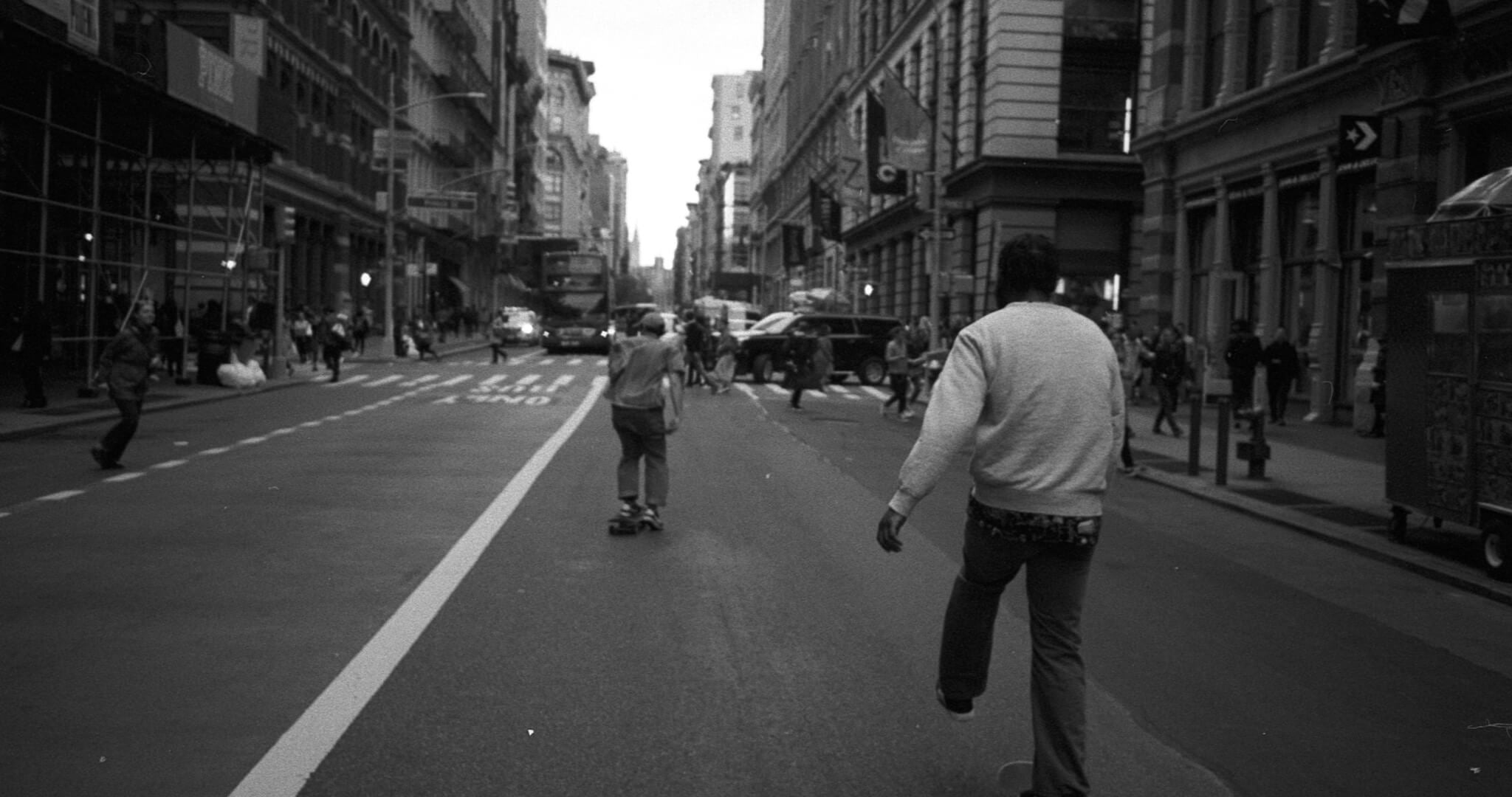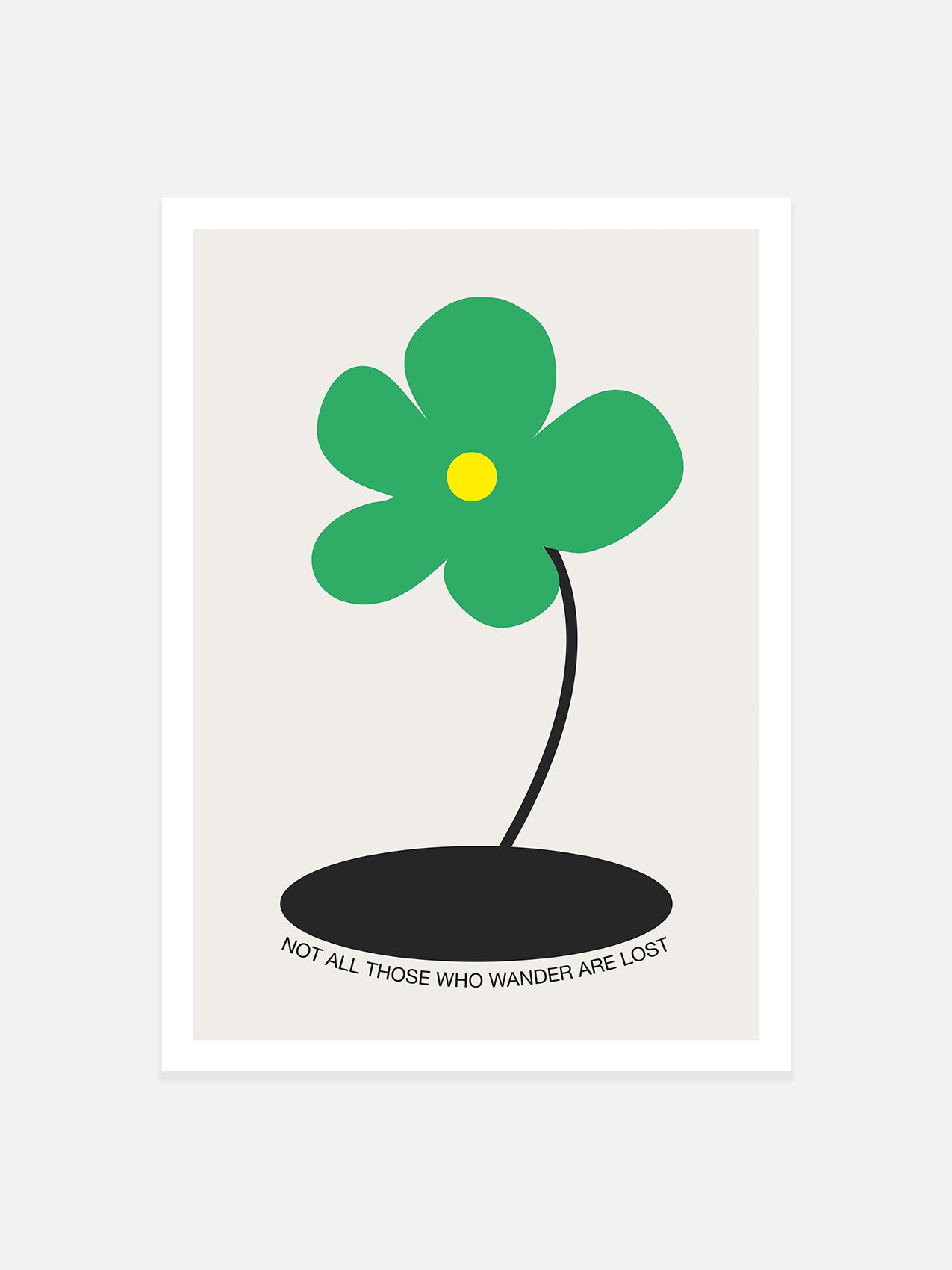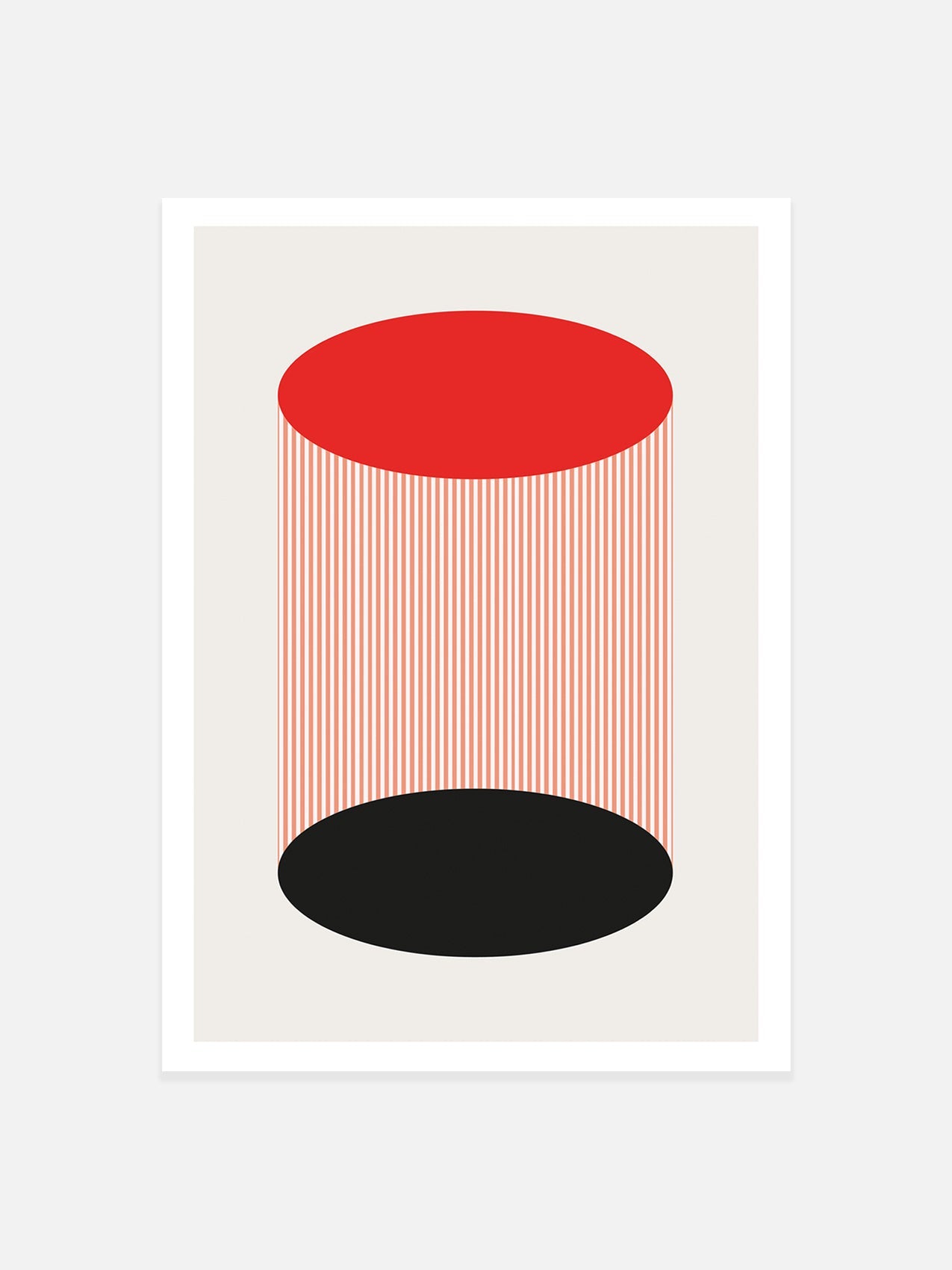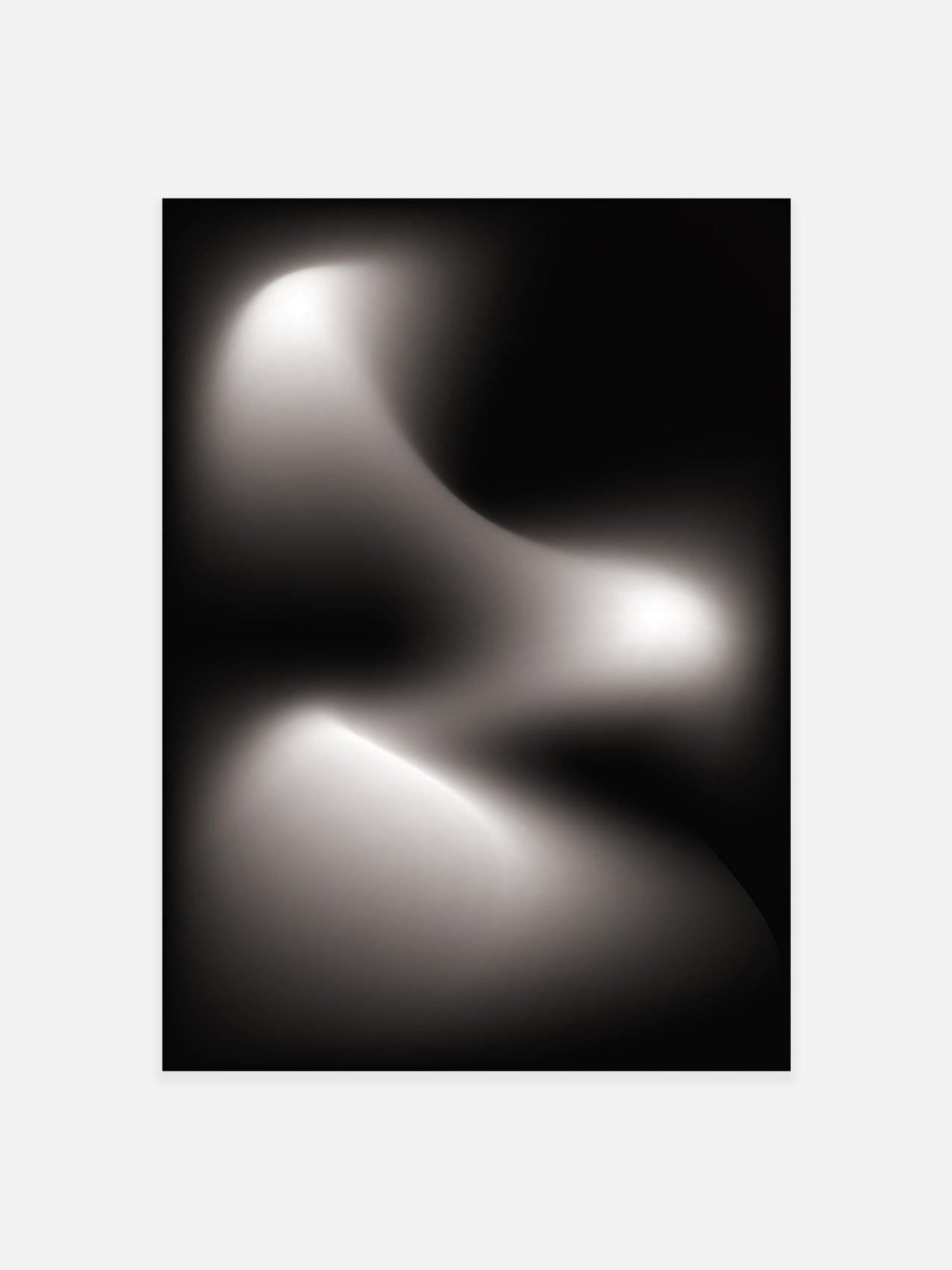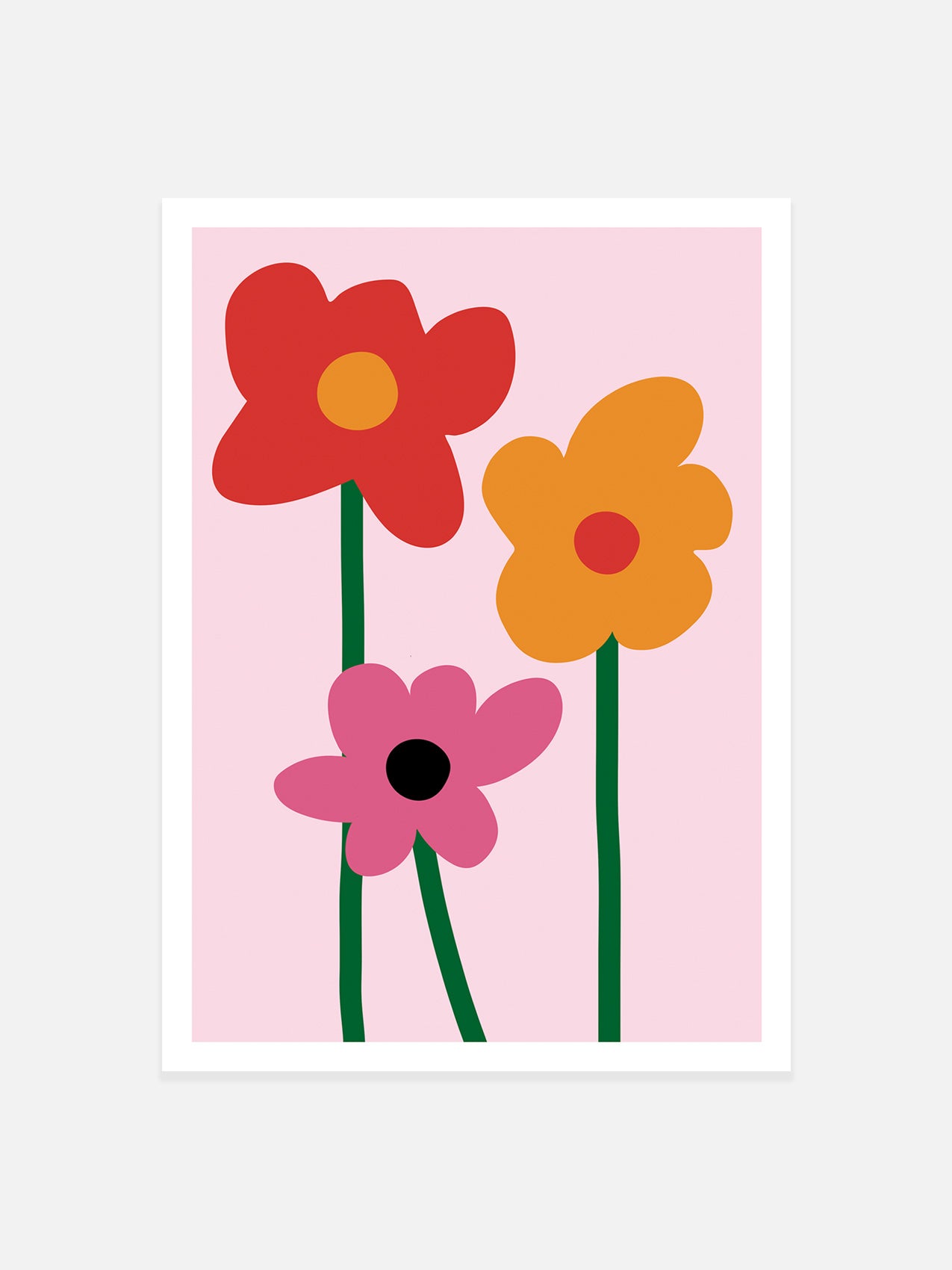
What is Giclee Printing?
Printing is one of the most important and revolutionary inventions in the history of human civilisation. It has made it possible to reproduce and distribute knowledge and art on a scale that was previously impossible, making it accessible to millions of people around the world. Over time, various printing techniques have been developed, each with its unique advantages and disadvantages. In this blog post, we will explore the history of printing and take a closer look at one of the most popular modern printing techniques, Giclée printing.
The History of Printing
Printing has been around for thousands of years, with the earliest known example being woodblock printing in China during the Tang dynasty (618-907 AD). This technique involved carving a relief image into a block of wood, inking the surface, and then pressing it onto paper or fabric. This method was widely used for printing religious texts, artwork, and maps.
In the 15th century, Johannes Gutenberg invented the printing press, which revolutionised the printing industry by allowing large quantities of text to be produced quickly and inexpensively. The printing press enabled the mass production of books, making them more widely available and affordable. This development marked the beginning of the printing industry as we know it today.
Over the years, various printing techniques were developed, including lithography, engraving, and screen printing. Each of these techniques had its own advantages and disadvantages, and some were better suited to certain types of images or materials.
What is Giclée Printing?
Giclée printing is a relatively new printing technique that was developed in the late 1980s. The term "Giclée" comes from the French word meaning "to spray," and it refers to the process of spraying tiny droplets of ink onto a surface to create an image.
Giclée printing is a type of digital printing that uses high-quality inkjet printers to produce prints of exceptional quality and detail. The process involves using archival-quality inks and papers, which are designed to last for decades without fading or deteriorating. Giclée prints are typically produced on fine art papers or canvas, giving them a texture and depth that is reminiscent of traditional art prints.
The History of Giclée Printing
The history of Giclée printing can be traced back to the early days of digital printing in the 1980s. At the time, inkjet printers were primarily used for printing documents and photographs, and the quality of the prints was relatively low. However, as technology improved, inkjet printers became more advanced, and it became possible to produce high-quality prints on a wide range of materials.
In the late 1980s, a group of artists and printers in California began experimenting with digital printing techniques, using inkjet printers to produce fine art prints. They discovered that by using high-quality inks and papers, they could produce prints that were virtually indistinguishable from traditional art prints. This new printing technique became known as Giclée printing, and it quickly gained popularity among artists and photographers.
Today, Giclée printing is widely used in the art world, allowing artists to reproduce their work with a level of detail and quality that was previously impossible. Giclée prints are also popular among photographers, who use them to produce high-quality prints of their work.
Printing has come a long way since the days of woodblock printing and the printing press. Today, we have a wide range of printing techniques available to us, each with its own unique advantages and disadvantages. Giclée printing is one of the most popular modern printing techniques, offering artists and photographers the ability to produce high-quality prints of their work that are virtually indistinguishable from traditional art prints. As technology continues to improve, it is likely that we will see even more exciting developments in the world of printing in the years to come.






